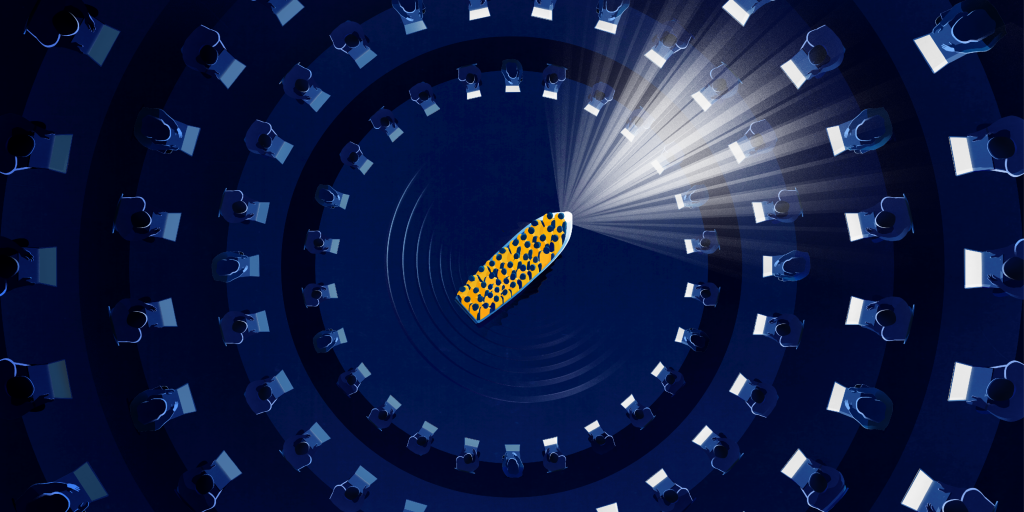Insight article

Visions of the Future: VHack
When the Vatican announces a hackathon, you know there’s something up.
The ‘VHack’, held in March this year, called the world’s brightest students – from all ethnic, social and religious backgrounds – to ‘harness technological innovation to overcome social barriers and embrace common values’. Its 36-hour event would emphasise social inclusion and ‘human-centric values’ in an increasingly isolated, tech-driven world; interfaith dialogue, in the face of increasingly sectarian global narratives; and migrants and refugees, whose continued need for relocation and effective integration is ever more threatened by Europe’s populist moment.
Unsurprisingly, it was not a typical event. Yes, there were students, coding furiously through the night on a high of pastry and espresso. But there the similarity ends – and not simply because they hacked in rooms usually reserved for choosing Jesuit generals, or Cardinals dropped in to play with the VR headsets. In every walk of life, diversity is sorely lacking. And it is in our most celebrated hubs of mind-bending innovation that this issue becomes most acute – and the implications, for the solutions on which we are increasingly dependent, most profound. Hackathons tend to replicate this imbalance. Yet the Vatican, wielding a pretty hefty moral mandate – and, presumably, a healthy measure of self-irony – chose more inclusively. As a result, the final cohort of students represented over 30 countries. They came from every faith. And they were a 50:50 gender split. This, in the quest for effective new-age problem solving, is a big deal.
The results present us with a future world that uses technology to bridge divides, not widen them: from Credit/Ability: a ‘credibility’ scoring application that gives refugees a way to collate their history and build the trust they need to gain easier access to services like housing – to Vinculum: an app that leverages machine learning to reunite families lost in relocation through the upload of a single photo and advanced face-recognition technology, or Faithstrings: a VR journey into different religions to create space for meaningful inter-faith dialogue.
This is empathy in design. It’s also a model for the VUCA world we’re in: nebulous, ambiguous, accelerating. A place where to succeed means to design at pace and think as a collective mind, across systems and disciplines and world views. Where to tolerate hierarchies, to divide generations, is to waste potential; where to dig your heels into your own assumptions, to privilege one perspective, just won’t cut it.
In a world where true diversity remains a box ticking exercise, and strong, speedy decision making is still the way we’re taught to gauge and demonstrate value experience, this can feel an awkward state of affairs. But at The Storytellers it’s one we’ve built into the core of our business: creating connection points to exploit the difference in skills, backgrounds, expertise and perspectives, and helping our clients to do the same. Like every muscle, collaboration needs work. But it’s worth remembering that our brains have evolved to think this way.
We are The Storytellers. We exist to move more people to do great things through the power and influence of storytelling.
What story will move you and the people around you to do great things in 2018? Share your story with us.
